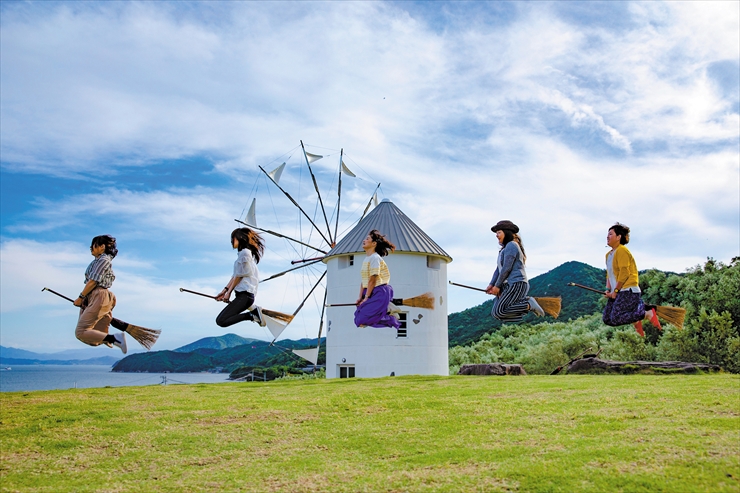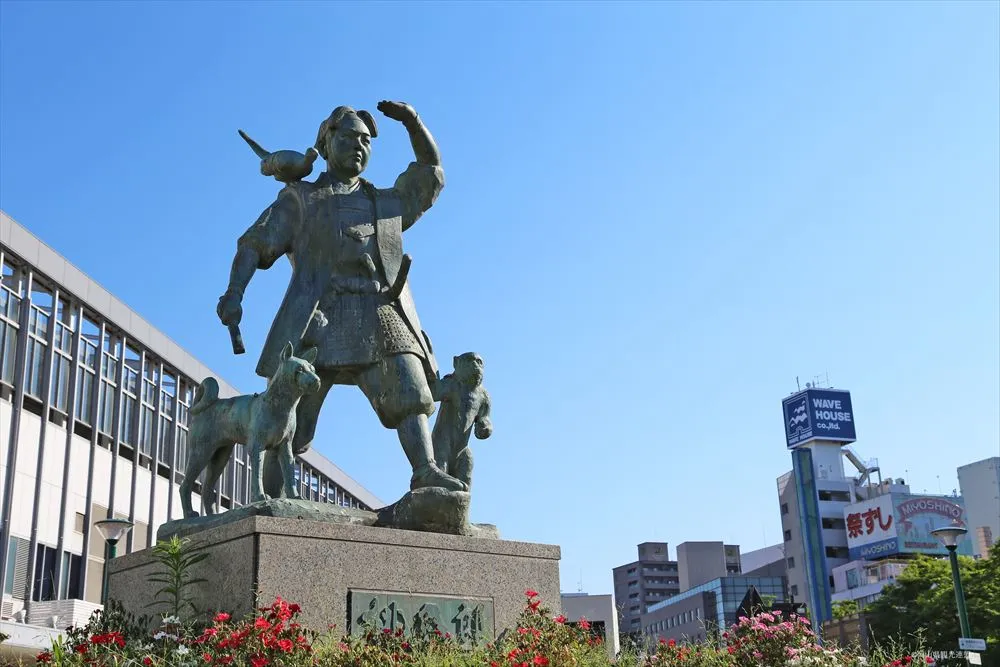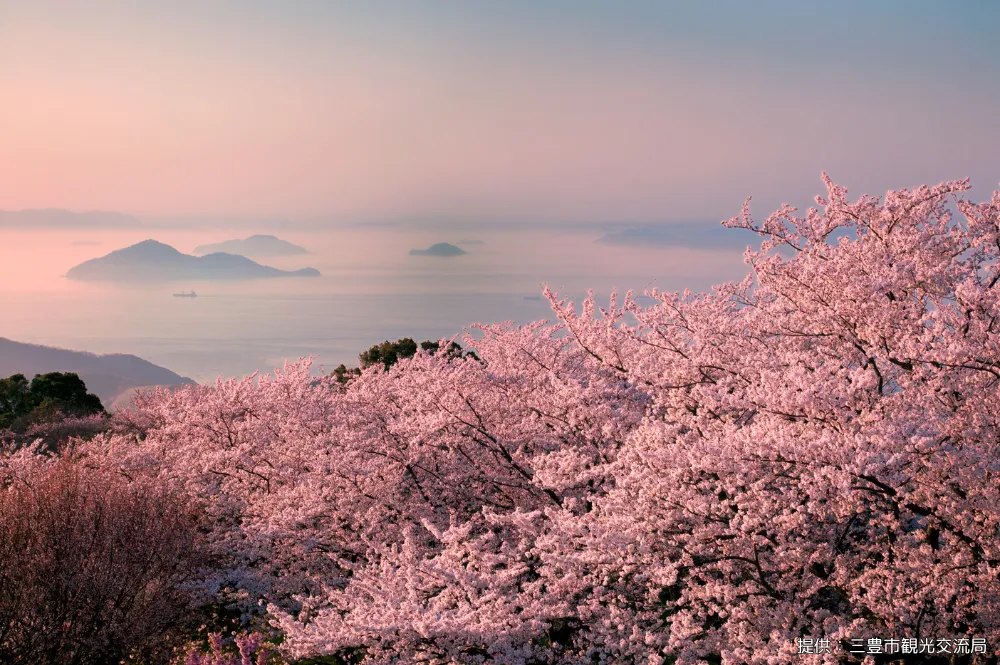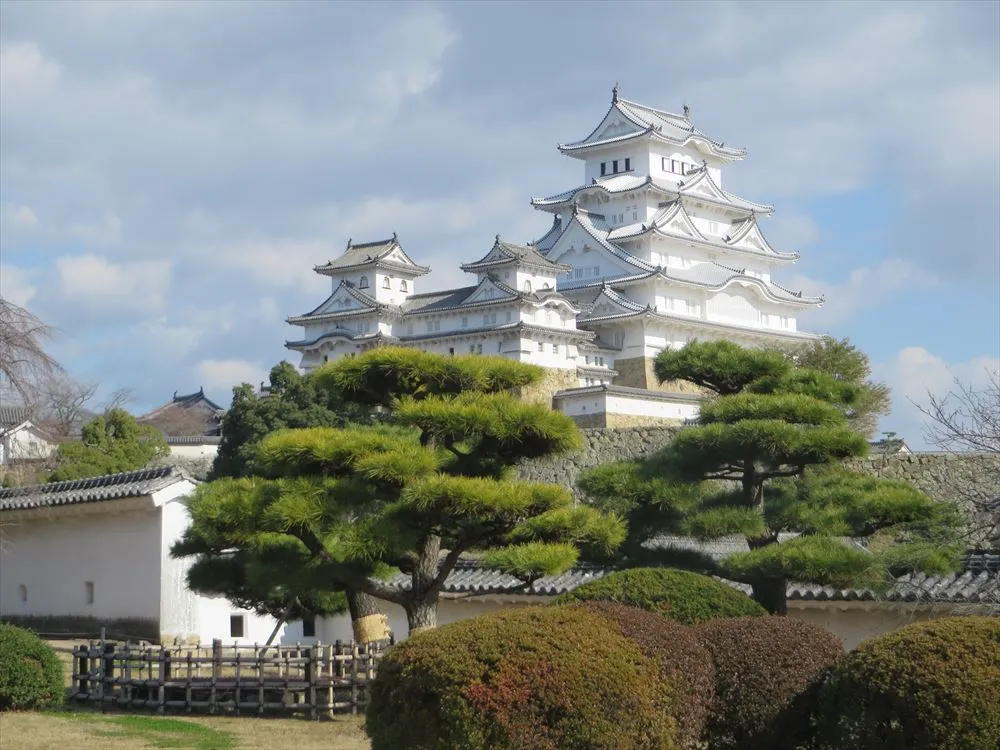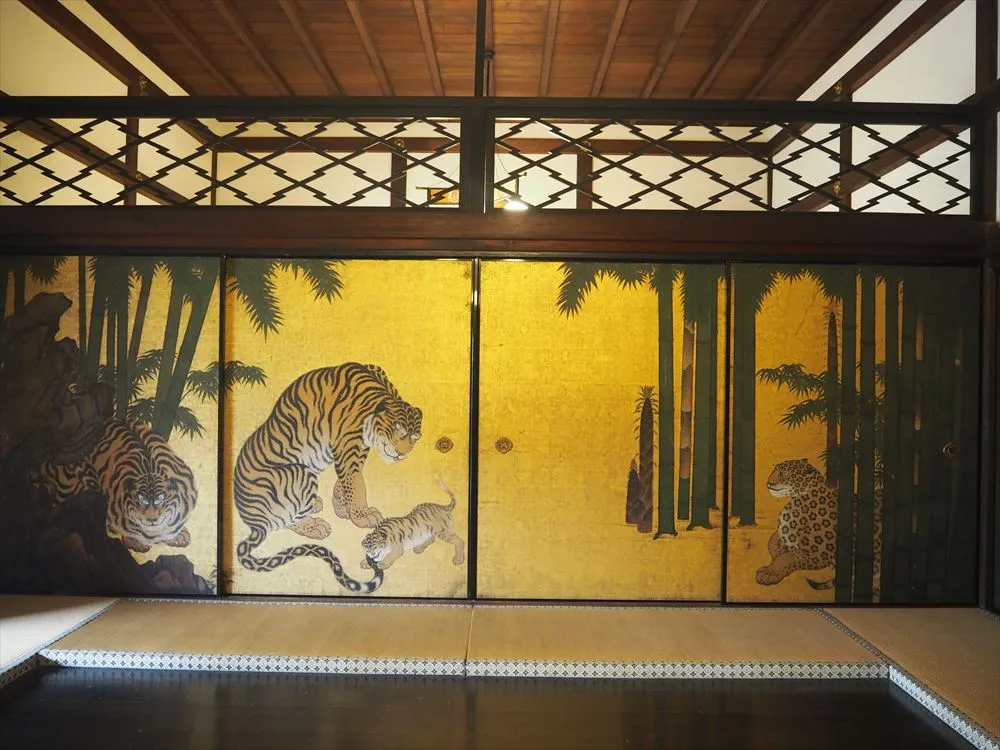Thanks to its warm climate, scenery of islands, abundant seaside and mountainside nature, and activities like cycling along the Shimanami Kaido (Nishiseto Expressway), the Setouchi region has become very popular lately. This time, using the Sanyo Shinkansen, which is very practical if you’re starting from Osaka or Kyoto, we explored the Honshu side of the Setouchi region. We discovered several spots of beauty and we introduce them to you.
Finding Beauty in the Setouchi Region: Five Local Treasures
- The beauty of swords: Bizen Osafune Sword Museum (Setouchi City, Okayama Pref.)
- Finding Beauty in the Setouchi Region: Five Local Treasures
- The beauty of architecture: Kintai Bridge (Iwakuni City, Yamaguchi Pref.)
- The beauty of classic Japanese aesthetics: Tea ceremony experience at the Hofu Tenmangu Shrine (Hofu City, Yamaguchi Pref.)
- The beauty of Earth’s creations: Akiyoshido Cavern (Mine City, Yamaguchi Pref.)
The beauty of swords: Bizen Osafune Sword Museum (Setouchi City, Okayama Pref.)

Being rich in iron sand and wood that can be used as fuel in the forges for swords and other cutlery and being a hub of transportation utilizing rivers and the sea, Bizen Domain (Okayama Prefecture’s old name) flourished as one of Japan’s biggest sword-production areas. The swords of the area, known as “Bizen-to,” were from the 12th century until the sword prohibition of the mid 19th century a source of fascination for the members of the warrior class. Out of the 111 swords that are presently designated as national treasures, almost half of them (47 to be exact) are Bizen-to.

Most highly valued are those of the Ichimonji-ha and the Osafune-ha schools of sword-making.

At the Bizen Osafune Sword Museum, there are on display about 40 blades. Besides admiring them you can learn more about the history and the methods of construction of the Bizen-to. There are several different craftsmen involved in the creation of a Japanese katana sword – the smiths themselves, the polishers, those who wrap the tsuka (hilts), those who make the saya (scabbard), etc. – and at the museum you can see their respective workshops and observe from up close the way they work.


Among these, the old-style forging of the tamahagane steel made from iron sand that happens one a month is especially worth seeing. The swordsmith and his assistants hammer the steel with perfectly synchronized movements and the sound of the hammers together with the cascade of sparkles create an atmosphere that is almost mystical. Seeing this traditional technique from up close allows you to better appreciate the beauty hidden inside a Japanese sword. Also check the “Yamatorige Homecoming Project” regarding Bizen-to’s finest treasure, the “Yamatorige” (or “Sanchomo”) sword!
https://setouchi-cf.jp/village/gohome/
| URL | https://www.city.setouchi.lg.jp/site/token/ |
Finding Beauty in the Setouchi Region: Five Local Treasures

In an area with a warm climate like the Setouchi region, Okayama, having the most hours of sunshine (hence its nickname “Land of Sunshine”), is known as a fruits paradise. This is especially so between mid-July and mid-August because of its white peaches and even as late as October because of its famous grapes. The place we visited this time, in mid-October, was the Kubo Farm, a 40-minute drive from the center of Okayama City and the activity we tried was picking what is called Okayama’s “Queen of Fruits,” the Muscat of Alexandria grape. The farm has many trellises filled with grapes and we walked around picking the ones we liked and ate them on the spot. 
The sign that the grape is good for eating is that its color has changed from green to slightly yellow and you can eat it as it is, without peeling it. It is sweet and juicy and the muscat’s fruity aroma spreads all through your mouth! And depending on the time of the year, Kubota Farm has other activities available as well: besides seasonal fruit-picking you can try harvesting vegetables, camping, or making pizza, and experience life close to nature.

Also popular are sweets made with the fruit that make Okayama proud. We recommend the parfait with its sparkly, radiant fruit that really look like precious stones and with a mild sweet finish that allows for the fruits’ natural taste to come forward.
https://www.okayama-kanko.jp/gourmet/11972
| URL | https://www.kubofarm.co.jp |
The beauty of architecture: Kintai Bridge (Iwakuni City, Yamaguchi Pref.)

Almost 200 meters in length and spanning the wide Nishiki River, the five-arched Kintai Bridge is one of the main historical landmarks of the Setouchi region. Since the early Edo period (beginning of the 17th century), several efforts were made to bridge the big river that divided the castle town of Iwakuni Domain, but all the previous bridges were swept away when the Nishiki River flooded. Eventually, the daimyo (feudal lord) of the domain demanded that his vassals examine the matter more thoroughly, and after pooling their wisdom they decided upon the five-arch design and the construction was completed in 1673. Since then, there have been over 100 different improvement, alteration and repair projects leading to the form surviving today.

One of the most unusual designs in the world, making you feel the passion and depth of knowledge of the people of previous generations.

With cherry trees in the spring and colorful leaves in the autumn along the river banks and with historical remains on the opposite sides of the bridges, the area is great for exploration.

Iwakuni Castle at the top of the mountain. It can be reached via cable car.

From the castle tower there is a splendid view encompassing the Kintai Bridge and the Nishiki River and in the distance the various islands of the Seto Inland Sea.

An experience you might want to try when visiting the Kintai Bridge is the “Jizake Fune” (“local sake boat”). It is a pleasure cruise on which sake from Yamaguchi Prefecture, Iwakuni sushi and other local dishes are served.

If you take the cruise try “Gokyo,” a popular Yamaguchi sake with a pleasing flavor that goes very well with aJapanese bento box lunch.

Another sake you can try from Yamaguchi is “Dassai,” and while comparing the different tastes of Yamaguchi sake you can marvel at the mountainous landscape, the Kintai Bridge, and the clear water of the river, enjoying the elegance of the area.
| URL | http://kintaikyo.iwakuni-city.net/en/ |
The beauty of classic Japanese aesthetics: Tea ceremony experience at the Hofu Tenmangu Shrine (Hofu City, Yamaguchi Pref.)

Tenjin, enshrined in Tenmangu shrines all over Japan, is considered the deity of learning and among those shrines, the oldest is the Hofu Tenmangu, boasting a history of over 900 years. With its main building being designated a national cultural property and its garden with 1,100 plum trees, it is a spot certainly worth a visit.

Among the shrine grounds is the Hoshoan tea-house, where you can participate in sado, aka “tea ceremony.” While viewing the rich verdure of the garden you can drink matcha green tea and taste traditional Japanese sweets. Especially in the autumn, with the autumn leaves at their height, you will think you are beinginside a painting!

The tea is prepared and served by the Hufu Tenmangu miko (shrine assistants).

Everywhere around the tea-house there are the symbol of Tenmangu, plum flowers. See if you can spot them!
| URL | http://www.hofutenmangu.or.jp/ |
The beauty of Earth’s creations: Akiyoshido Cavern (Mine City, Yamaguchi Pref.)

One of the biggest limestone caves of this scale in Japan, Akiyoshido Cavern has been designated a special natural monument. The karst (dissolved limestone formation) plateau called “Akiyoshidai,” at a depth of 100 meters and with a total length of 10 km, includes some enormous limestone caves and there is a tourist course of about 1 km. Taking this course allows you to marvel at the spectacular shapes that the force of nature has created through time.

Some of the formations are peculiarly shaped, leading the people of former times to give them unique names. A formation that looks like a pile of plates was given the name “A hundred plates.”

Another one, having a shape just like that of Mt. Fuji, is “Cavern’s Fuji.”

One of the cave’s highlights, at 15 m in height, is called “Golden Pillar.”

This complex shape that looks like a king is called “Cave King.” It takes about one hour to complete the course but in the cave the temperature is at a cool 17°C/62.6°F, which means walking around is pleasant. Admiring nature’s art is a great way to spend some time. Try it!
| URL | https://en.karusuto.com/ |


